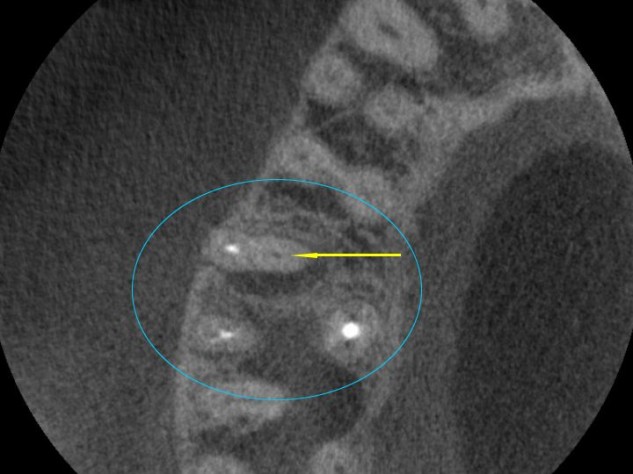Cone Beam Computed Tomography
Testimonials
Dan, Thank you so much for taking such great care of me! I’m super grateful for your generosity and my tooth feels great!
Todd M. San Clemente
Dear Dr. Boehne and Chelsie, I can not begin to put into words how much I appreciate what you’ve done for me. God is good. I’m glad my tooth doesn’t have a hole in it anymore. haha I wanted to paint you guys this so you would know how much what you did meant to me; and also so you guys could say you Do have an ocean view from your operatory. You guys are great! Thanks again
Dr. Boehne & staff, I just wanted to thank you so much for your time and effort to fix my tooth! I really appreciate how you took the time to explain everything to me and make sure that it healed. Everything looks and feels great! Thanks again,
Lindsay C, Newport Beach
Thank you Dr. Boehne and the team. I was treated with professionalism and I was well informed during the entire process. A truly fantastic experience!
Chris L.Newport Beach
Dear Dr. Dan and Ruthie; I thank you, not only for your professional expertise and abilities, but also for the caring concern that you extended towards me. It turned what could have been a trying anxious time into a time of pleasant healing and nurturing. Thank you both.
With gratitude
Sally F.
Laguna Beach
Sally F.
Laguna Beach
Dear Dr. Boehne, I want to thank you for the skilled and compassionate services you rendered to me with regard to my root canal. I was greatly impressed by your professional skills and your sensitivity to your patients’ concerns and fears. The kindness of all of your staff and the state-of-the-art equipment in your office, are also eloquent manifestations of your commitment to the best possible care of your patients. I am profoundly grateful that Dr. Franke sent me to you.
Sincerely
Dwight A.
Dana Point
Dwight A.
Dana Point
Dear Dr. Boehne, Thank you for treating a panicked old lady with kid gloves. It was greatly appreciated. sincerely,
Judy, San Clemente
Dear Dr. Boehne, Waking up to sudden severe nerve pain and being told you need a root canal is not typically the way one plans to begin their day! However, from the moment I stepped into your office I felt I was in good hands. Your receptionist and your dental assistant were kind and reassuring while I waited to be seen. I am a nervous dental patient and was unsure about the details of the procedure, but you took the time to explain very clearly and specifically what I could expect. You we… Read more
Jodie C, San Clemente
Recent News
- Course: Gentlewave Technology Integration
- Book: Management of Endodontics Complications
- Introducing the GentleWave® Procedure
- 40 Under 40
- Article: DentalTown
- Book: Best Practices in Dentistry
- Article: The Incisal Edge
- Book: Disinfection of Root Canal Systems
- Course: Endodontic Technique Starts Next Week
- Tips for Anterior Access
